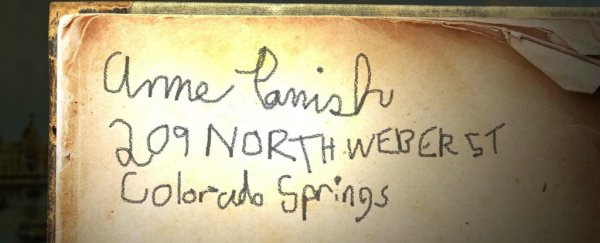The world is full of stories about insane coincidences that, at first glance, seem so ridiculous, we like to call it fate. Remember that story from last year about 83-year-old identical twins who died mere hours apart - that seems crazy, right? What are the odds of something like that happening?
Lucky for us (keyword: lucky, not fatefully) the Vox video above explores just that. Only instead of merely wondering about how odd these coincidences really are, they break them down using math and reason.
Once you do that, sometimes strange coincidences don't seem so strange anymore.
Maths professor Joseph Mazur from Marlboro College in Vermont, author of Fluke: The Math & Myth of Coincidence, says that when we hear about these coincidental stories online or by word-of-mouth, we really only ever get the 'outer shell' of a much deeper and more complex tale.
The problem is that most people take these stories at face value, without peeling back the layers to see what is truly happening to make the events more probable than they first appear.
In the video, Mazur explores one of the most popular coincidental stories out there: the tale of Anne Parrish's lost children's book.
The story goes that Anne Parrish, an American woman, was shopping in Paris with her husband, when she stumbled upon a book that she'd loved as a child in a second-hand book store.
When she showed it to her husband, he opened it up to find Anne's name scrawled in the cover. It was the exact same book Anne had owned as a little girl in America. Cue the Twilight Zone theme.
While that seems straight up impossible when told like that, if you look at it based on the facts of the story - what Mazur calls "hidden variable" - you quickly see that things start to add up real fast.
As Mazur explains, it makes sense that Parrish would look at a children's book because, if you dig a bit, you'll find she was a children's book author.
And her mother's friend was Mary Cassatt, a famed painter who moved to Paris and died there three years before the book was discovered, meaning her estate likely sold off her goods.
Even more telling, there were only two books stores in Paris at the time, and English books weren't all that popular, which limits the probability that Parrish would go to a different book store, or that the book would have already been sold.
So when you take all that into account, what are the odds of her finding her childhood book in Paris?
We'll let the video above explain that one - but we can guarantee that after watching, you won't be fooled by the next weird coincidence story that crosses your Facebook feed.
